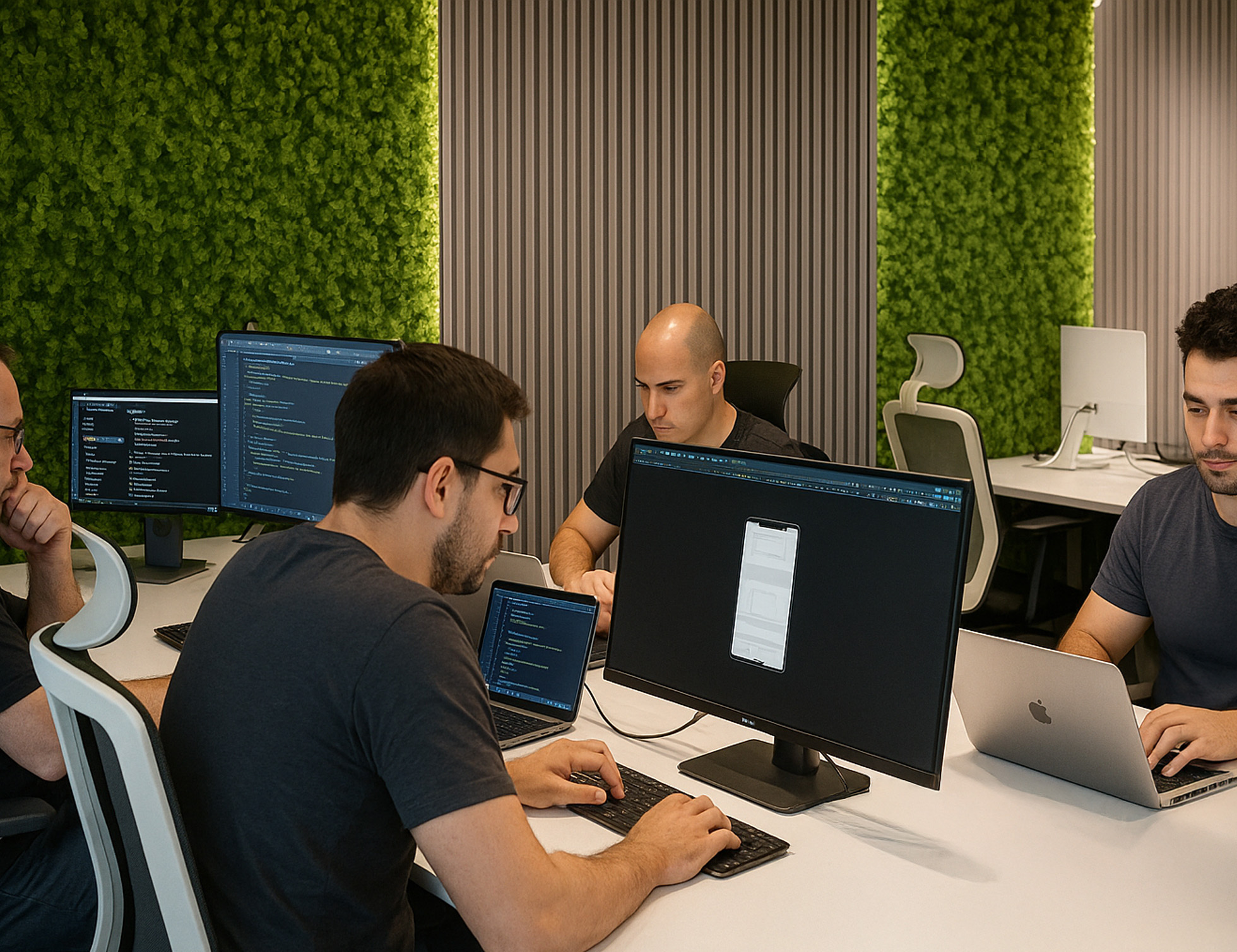5 AI Tools Kenility Developers Actually Use to Code Smarter

Real Insights on How AI Is Enhancing Productivity, Code Quality, and Developer Experience
Beyond the Hype—The Practical AI Stack
While the AI tool landscape is growing rapidly, not every tool lives up to expectations. At Kenility, we've explored many options—but we double down on what truly works. Based on real feedback from our developers, here’s an updated list of the AI tools that are actually making a difference in our workflows. From autocomplete to context-aware assistants and AI-powered IDEs, these tools are transforming how we write, test, and ship code.
1. Claude: Versatile and Context-Aware AI Assistant
What It Does:
- Offers long-context code assistance, including understanding full repositories.
- Excellent for explaining code, debugging, and generating documentation.
- Handles natural language prompts with strong reasoning ability.
How We Use It at Kenility:
- To break down complex legacy code for easier onboarding.
- As a sparring partner for architectural decisions and logic validation.
Impact:
- Claude helps reduce ramp-up time when entering unfamiliar codebases.
- Used selectively but effectively to unblock tough problems with clarity.
2. GitHub Copilot: The Classic Autocomplete Companion
What It Does:
- Autocompletes code in real time using project context.
- Speeds up boilerplate and routine coding tasks.
How We Use It at Kenility:
- Used occasionally during focused development sessions.
- Particularly helpful when working on frontend components and repetitive patterns.
Impact:
- Saves time on simple implementations, though not always accurate.
- Best used as a suggestion tool, not a replacement for logic-heavy tasks.
3. Cursor: An AI-Powered IDE Built for Developers
What It Does:
- Provides AI-native editing features like inline refactoring and code generation.
- Allows natural language conversations directly with your codebase.
- Combines editing, navigation, and debugging in one AI-enhanced interface.
How We Use It at Kenility:
- As a full IDE alternative for those looking to integrate AI deeply into daily work.
- Enables faster context-switching and interactive code exploration.
Impact:
- Developers using Cursor report smoother workflows and reduced friction while debugging.
- Its tight integration with AI feels native and accelerates exploratory development.
4. GPT (ChatGPT/Custom GPTs): General-Purpose AI for Code and Beyond
What It Does:
- Handles code generation, documentation writing, and brainstorming.
- Works across languages and can help with syntax fixes, logic validation, and more.
How We Use It at Kenility:
- Drafting scripts, preparing documentation, and exploring new libraries.
- Helpful for explaining complex topics to non-technical stakeholders.
Impact:
- Accelerates repetitive documentation and boilerplate code tasks.
- Great tool for boosting productivity beyond the IDE.
5. Tabnine (Past Use): A Lightweight Autocomplete Option
What It Does:
- Provides privacy-conscious code completions within the IDE.
Why It's Less Used Today:
- Developers at Kenility found it less useful over time due to accuracy limitations.
- Replaced by more robust tools like Copilot or Cursor.
Visual Summary: AI Tool Usage at Kenility
Conclusion: The AI Stack That Works for Us
We’ve tested many AI tools, but we focus on those that add real value. Whether it’s Claude’s deep reasoning, Copilot’s speed boosts, Cursor’s smart IDE features, or GPT’s flexible support, these tools empower us to write cleaner code, debug faster, and learn more with every iteration.
The AI tools that work are the ones that fit our workflows, not just the ones trending online.
Curious About Our Dev Stack or Want to Collaborate?
Let’s connect and share ideas on AI-driven development:
hello@kenility.com kenility.com
